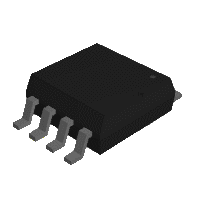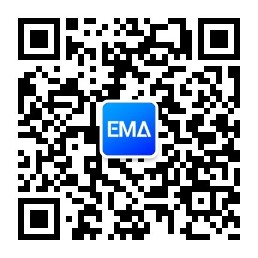●The SN65LBC176A, SN65LBC176AQ, and SN75LBC176A differential bus transceivers are monolithic, integrated circuits designed for bidirectional data communication on multipoint bus-transmission lines. They are designed for balanced transmission lines and are compatible with ANSI standard TIA/EIA-485-A and ISO 8482. The A version offers improved switching performance over its predecessors without sacrificing significantly more power.
●The SN65LBC176A, SN65LBC176AQ, and SN75LBC176A combine a 3-state, differential line driver and a differential input line receiver, both of which operate from a single 5-V power supply. The driver and receiver have active-high and active-low enables, respectively, which can externally connect together to function as a direction control. The driver differential outputs and the receiver differential inputs connect internally to form a differential input/output (I/O) bus port that is designed to offer minimum loading to the bus whenever the driver is disabled or VCC = 0. This port features wide positive and negative common-mode voltage ranges, making the device suitable for party-line applications. Very low device supply current can be achieved by disabling the driver and the receiver.
● Designed for Signal Rates Up to 30 Mbps
● Bus-Pin ESD Protection Exceeds 12 kV HBM
● Compatible With ANSI Standard TIA/EIA-485-A and ISO 8482:1987(E)
● Low Skew
● Designed for Multipoint Transmission on Long Bus Lines in Noisy Environments
● Very Low Disabled Supply-Current Requirements...700 µA Maximum
● Common Mode Voltage Range of -7 V to 12 V
● Thermal-Shutdown Protection
● Driver Positive and Negative Current Limiting
● Open-Circuit Fail-Safe Receiver Design
● Receiver Input Sensitivity...±200 mV Max
● Receiver Input Hysteresis...50 mV Typ
● Glitch-Free Power-Up and Power-Down Protection
● Available in Q-Temp Automotive
●High Reliability Automotive Applications
●Configuration Control / Print Support
●Qualification to Automotive Standards
●LinBiCMOS and LinASIC are trademarks of Texas Instruments.
●Signaling rate by TIA/EIA-485-A definition restrict transition times to 30% of the bit length, and much higher signaling rates may be achieved without this requirement as displayed in the _TYPICAL CHARACTERISTICS_ of this device.



